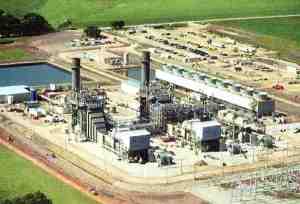What the Frick is fracking?
We at LGBG felt that is was very important to publish an informational introductory post about hydraulic fracking, also spelled fraccing, and the dangers that it poses to our environment. Hydraulic Fracking is a growing concern among environmentalists and scientists around the world and for great reason. This introduction to fracking is intended to spark some curiosity in our readers and encourage them to explore more in terms of hydraulic fracking and join the fight to end its practice.
So what is hydraulic fracking? Hydraulic fracking is a method by which natural gas is extracted from the earth. To do this, systems of pressurized tanks pump a sand, chemical and water mixture into shale rock formations. This is done to create a natural gas well that is continuously fracked until its reserves have been depleted (sometimes 18 times). In the United States, there are over 500,000 wells that produce an excess of 300,000 barrels of natural gas per day. But at what cost to our environment?
Hydraulic fracking has a disastrous environmental impact. First off, 8 million gallons of water are needed in order to frack a well each time. Just to put this into perspective, 500,000 wells being fracked 18 times each, require 72 trillion gallons of water by the time all of the wells have been depleted. Additionally, the chemicals that are used in the fracking process are highly toxic. Among the 600 different chemicals, known carcinogens such as formaldehyde, ethylene glycol and mercury are used. These toxins along with methane being released from the earth are being excreted into the water supply as well as the air supply. Tests of water sources located near fracking wells have indicated much higher levels (sometimes as high as 17 percent) of these toxins. As a likely result of hydraulic fracking, more frequent cases of cancers and neurological disorders have been reported in communities located near wells.
This is just the tip of the iceberg in terms of what fracking is, how it is done and the dangers of the practice. It is a very real problem and our reliance on natural gas is continuing to fuel this harmful business. We at LGBG encourage everyone to continue exploring the world of hydraulic fracking and to learn about what you can do to help end it. This site, http://www.dangersoffracking.com is a great place to start your journey. It provides a comprehensive and interactive experience that guides you through the world of fracking.
We have also imbedded a video that provides visual models as well as an explanation of the actual fracking process.
http://www.youtube.com/watch?v=73mv-Wl5cgg
As always, thank you for reading and thank you for spreading the word. Knowledge is indeed power and we all have the responsibility to learn and share!


